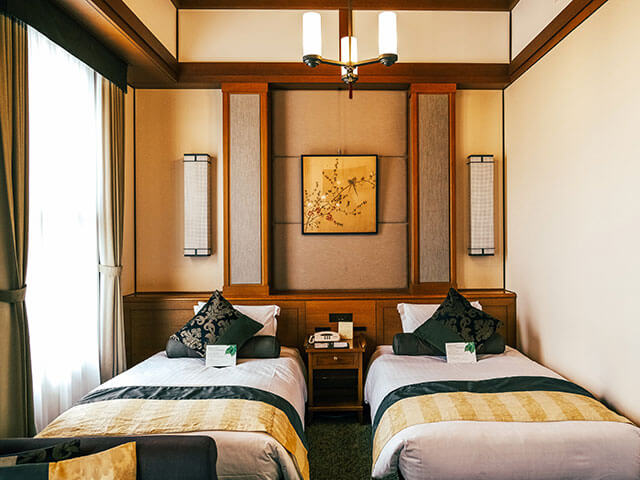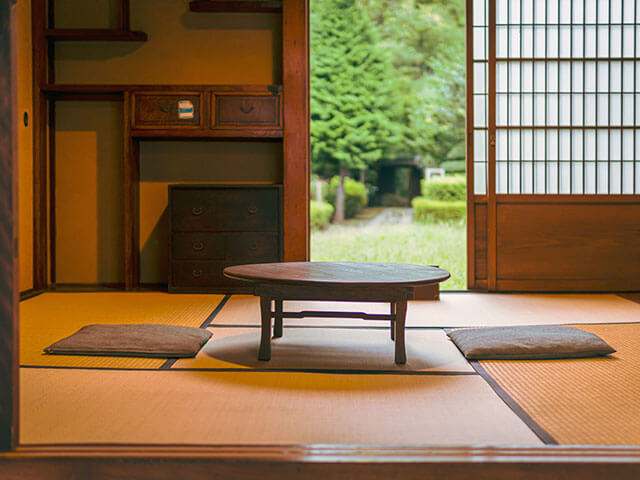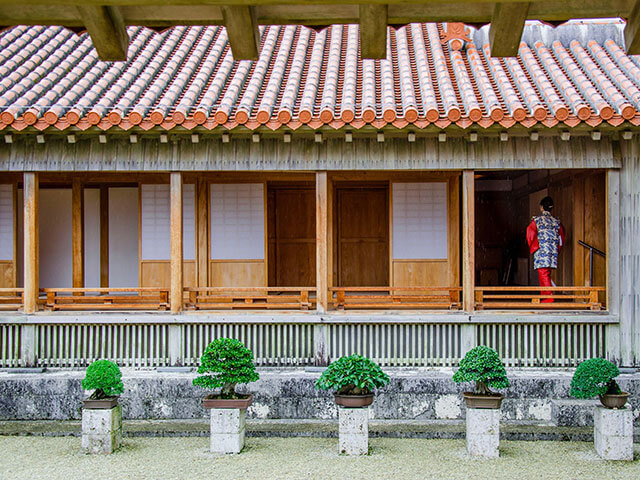We use a variety of accommodations on our tours.
In cities we often use Western style hotels as they offer the greatest level of convenience and location. Hotel rooms in Japan tend to be smaller in size, but are typically clean and well provided with amenities. In Japan, double rooms are less common and are smaller in size than twin rooms. We typically use twin bedded rooms for their more generous size.
Outside of the cities we prefer Japanese style inns – minshuku and ryokan. Both will offer Japanese style rooms with tatami flooring and futon bedding. At a ryokan, staff will lay out your futon for you, and at minshuku you may lay this out yourself from the bedding provided in your room. You may find this in the room itself or in a closet.
Minshuku are small family run inns. They are typically small, without a staff, and offer warm hospitality and carefully prepared home-cooked meals. Bathing and toilet facilities at minshuku are usually shared and there is a good ratio of toilets to guests. Bathing rooms are typically divided into separate facilities for men and women. Some may be communal, and at smaller accommodations, guests may bathe in turn in private by locking the bathroom door.
We also use ryokan, which are larger, fuller service accommodations. Ryokan also feature Japanese style rooms and may or may not have en suite toilet facilities. Some ryokan are located in hot springs areas and will have large and communal hot springs baths, sometimes with outdoor baths as well as indoor baths. These onsen are a highlight of a stay at a ryokan for many. Usually guests will enjoy a bath before or after their dinner at the inn.
At Japanese style accommodations, meals are typically set at a certain time – typically starting sometime between 6pm and 7:30 pm. Dinners typically consist of a number of smaller dishes that may be served at once, or you may begin your meal with an array of smaller dishes, with more brought while you are dining.
In ryokan and minshuku, you may be asked to leave your shoes at the entryway of the property and you will be provided slippers for use in public areas. Your room will have tatami mat flooring, and you should remove your slippers before walking on tatami. You should walk on tatami in socks or bare feet only. Similarly, luggage should not be rolled or dragged across tatami and instead will be carried over it.
In some locations we may also use Japanese style hotels – these are larger properties that have a broader range of services and amenities such as those you would find at a Western hotel, but Japanese style rooms and perhaps typical features of a Japanese style hotel like a gift shop, or tea ceremony room. At larger ryokan and Japanese style hotels you may often wear your shoes to your room but remove these at the entryway to your room.
At Japanese style properties, single rooms may not be available and we will ask solo travelers to share with another member of the group of the same sex.
Some of our tours feature stays in shukubo lodgings. Shukubo are pilgrim’s lodgings in Buddhist temples. A stay in a shukubo is a unique experience that provides some interesting insights into life in a Buddhist temple, and you will be invited to participate in the morning prayer service before breakfast – usually a highlight of the stay! At shukubo, shojin ryori meals are typically served – these are multi-dish meals of Buddhist vegetarian cuisine.
On some hiking tours, we stay at a mountain lodge. These simpler accommodations designed to accommodate hikers and walkers. They provide a wonderful opportunity for guests to socialize together, perhaps with other local walkers and hikers.



